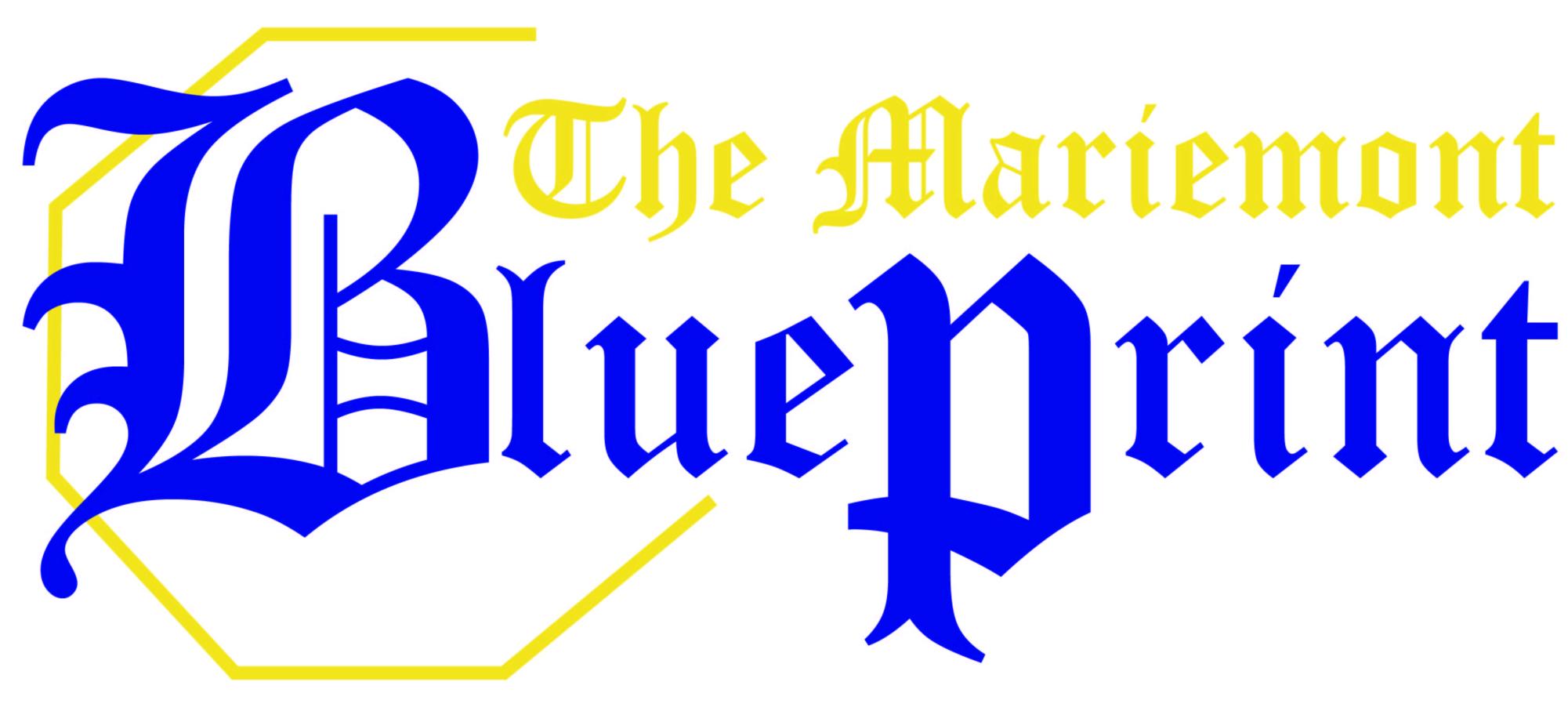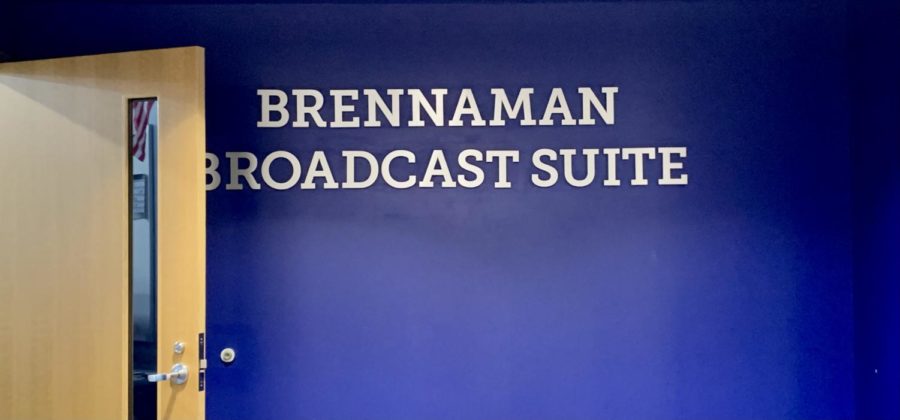MHS Broadcasting: Let’s Breakdown Stereotypes
March 3, 2023
Four girls enrolled in Broadcasting this school year. I am one of the four. I walked into Broadcasting 101 at the beginning of the second semester hoping for at least one other girl: I ended up being the only one. The next day or so I noticed a girl in the class before me with an orange sheet—a drop-add form—I was sad to see a girl drop the class. However, the pattern of women or girls being the minority in broadcasting in Mariemont and the professional field isn’t unheard of.
The classes Broadcasting 101, Casting, and News have a lore to them—the class seems to generally attract guys interested in sports and commentating. In a survey I conducted, girls at Mariemont High School stereotype the class as “male-dominated”, “laid back”, “slackers”, “extroverted students”, those who are “interested in film”, and an “easy A”. The survey also noted the close connection between the broadcasting classes as a whole with video content for school sports.
In the broadcasting industry, the Bureau of Labor Statistics Report in Distribution of employees in the broadcasting industry in the United States in 2020, by gender, concluded women make up 36.5% of employees. Women in broadcasting are the minority at Mariemont High School and in the professional setting. Although, of the pool of eighteen girls who took my survey 44% said they were interested in taking broadcasting and haven’t taken the class.
So, why aren’t girls taking Broadcasting?
Female students at Mariemont High School generally lean into art, music, and language courses. Either girls aren’t interested in the course, aren’t sure what the class (perpetuating its stereotypes), or don’t want to be the only girl in the class. All of which seems to prevent them from participating in the course.
The Broadcasting Course at Mariemont is fairly young; Mr. Eten explains, “When I first started this class it was unknown as far as what it was going to look like and who was going to take it.” He explains he was confident the class was going to have a “sports tilt to it.” Broadcasting is the distribution of audio or video content, but has a strong association with the sports broadcasting industry due to its popularity. This includes ESPN, NFL, NHL, MLB, or NBA networks. Women make up 16.5% of sports broadcasters and the statistics are rising. Mr. Eten explains he wants to see this pattern in his classroom; “I feel like I want to represent females through this course.” He thinks “it would be great if more girls did take it.”
Mr. Eten says the course has “humble beginnings…we didn’t get fully up and running until last year.” The new high school was underway the first year of broadcasting. Then it was later halted by the Covid-19 Pandemic.
The class first started out in the Warriors Beyond space in the old high school. The class had no dedicated space, and if a classroom was necessary, it was the art room. Mr. Eten described that time as “bare bones” with “some tools.” With the new school building the class faced delays of new equipment and installation due to electronics manufacturing and shipping being backed up. He continues “from the very beginning” there weren’t as many girls taking the class. There has slowly been more girls taking the class, but it hasn’t met his expectations; “We’ve come a far way, but as far as the dream expectation is, my goal is I’d like to see more girls to take the class.”
Mr. Eten makes a case for any student interested in graphic design, audio production/engineering, commentating, working cameras, and video editing to take the class. He would love to help those students make a decision about taking the class. He explains it’s a way of “trying to show it’s a warm and inviting place.” He goes out of his way to make students feel welcomed and comfortable in his class. As far as female students go, he elaborates: “I don’t want them to think like it’s not something for them,” he continues, “I think like it has something for everyone, and everybody can learn something from taking the class.”
Mr. Eten wants the class to be “where everybody feels like they can learn a little bit about production, casting, and film.” It’s his objective to have his students learn: “At the end of the day I’m here to teach.” He wants the class to be fun, while not sucking the life out of it. It’s mostly about the experience, pushing students’ comfort zone, learning to be creative, and getting a sense of the professional world of broadcasting. At the end of the day he wants students to “take it as far as you want” since the “possibilities are endless.” He explains, “I hope it lights a fire” for students who want to take broadcasting beyond the classroom. Mr. Eten goes on to say, “A lot of people think about this class as in front of the camera.” He doesn’t want quiet students to shy away from the class: “But that’s not all it is either ” because he wants to push students’ comfort zone behind and infront of the camera. In the professional sense, broadcasting classes work with Intercommunity Cable Regulatory Commission (ICRC) to work behind the scenes to get the feel of working in a professional setting. The goal for Mr. Eten’s class is for students to learn and be able to share their knowledge and experiences with others.
Students speak of the positive impact of Broadcasting. Junior Charlie Perkins says the class is “laid back yet engrossing” for any level of experience; “literally anyone can learn from taking Mariemont’s broadcasting class.” Jordan Murdock, a senior, who has taken the course for almost two years says, “I’ve loved every single opportunity I’ve gained from it.” He explains, “the class has offered many experiences that I wouldn’t have gotten from any other class at Mariemont.” Mr. Eten reflects, “I never had this opportunity” to take a broadcasting class when he was in high school.
Before students finalize their class courses in the spring, stop by Mr. Eten’s classroom to talk about broadcasting.

